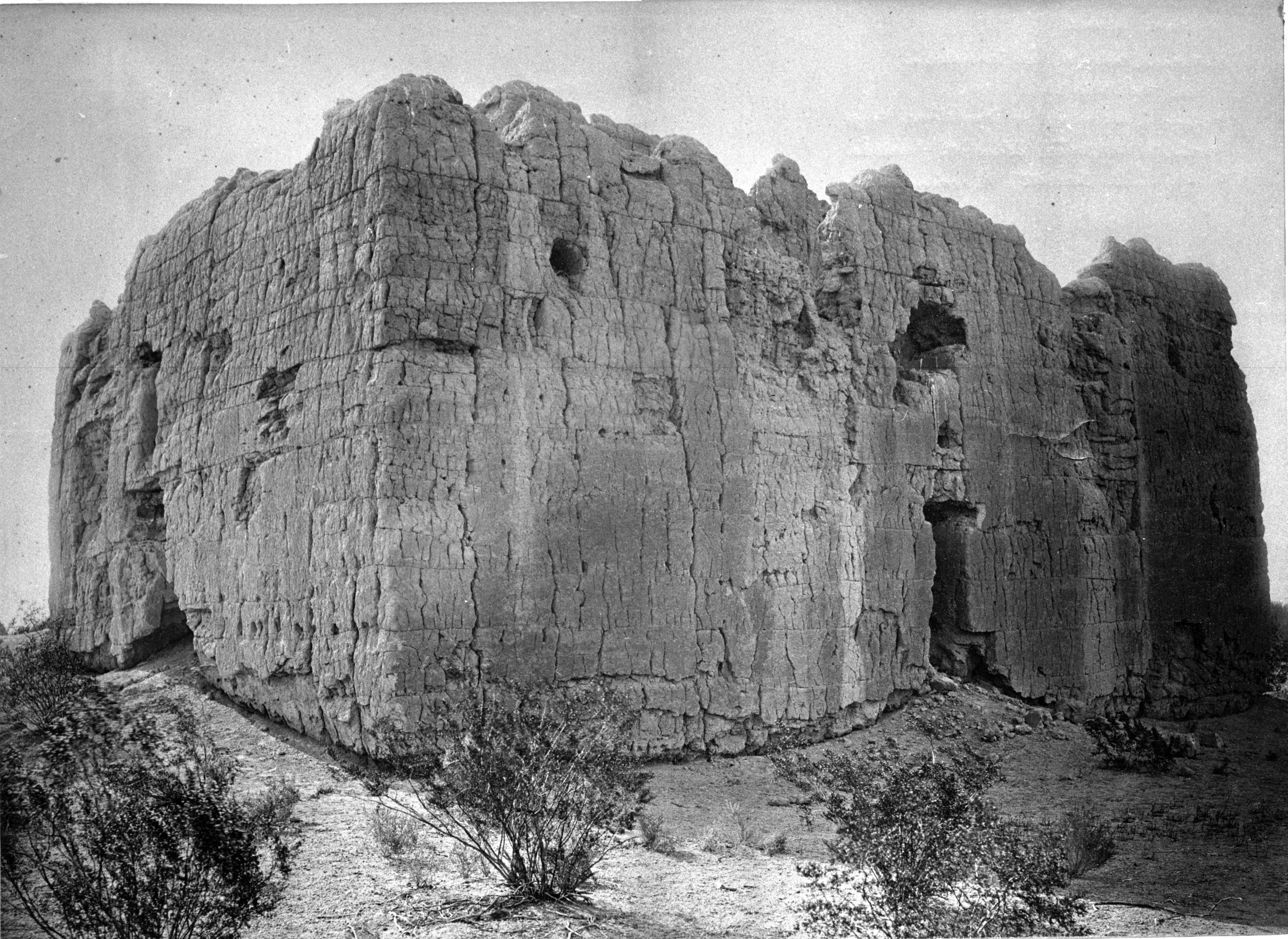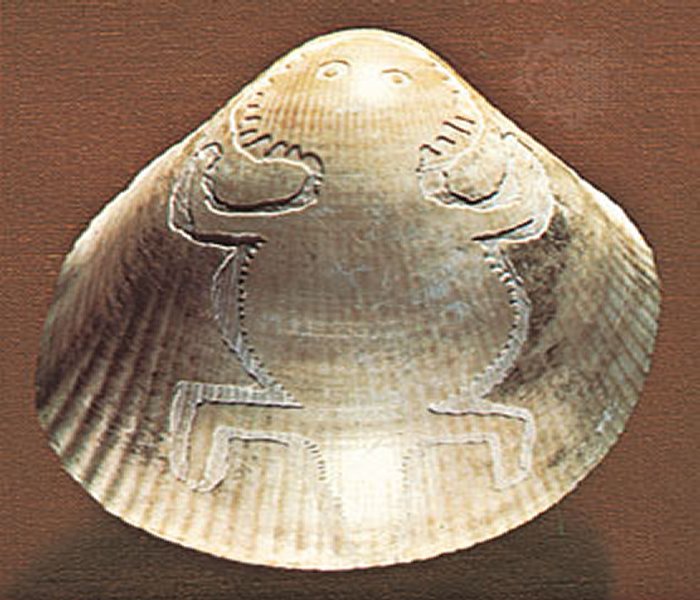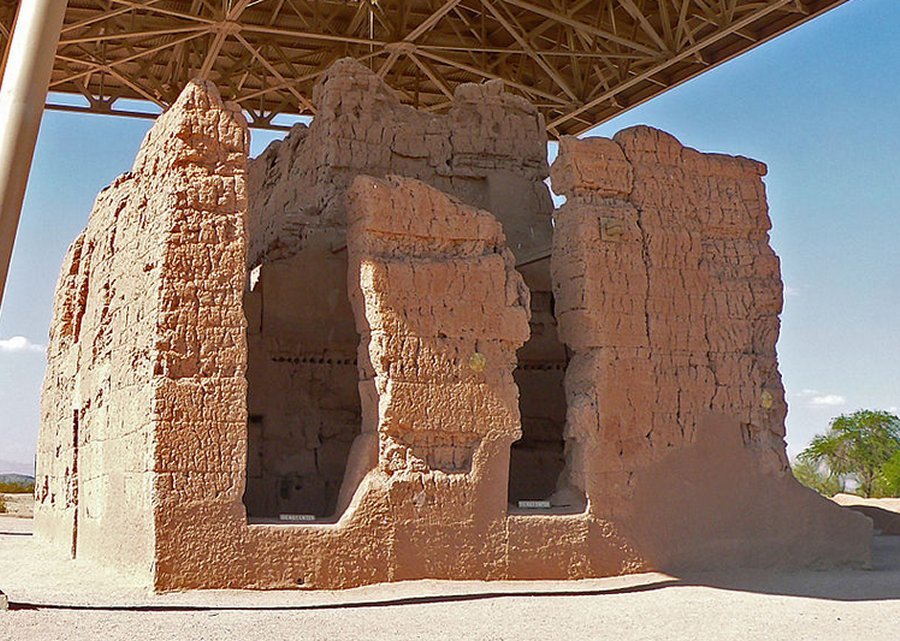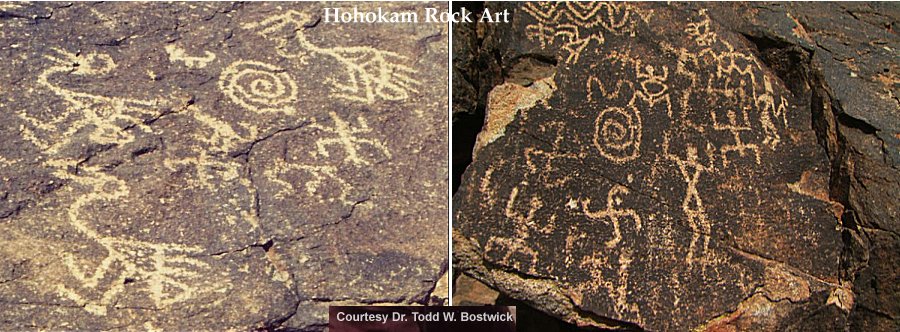‘Masters Of The Desert’ – Hohokam People, Massive Caliche Structures And Sophisticated Extensive Irrigation Canals
A. Sutherland - AncientPages.com - Casa Grande Ruins are pre-Columbian ruins in south-central Arizona, U.S., in the Gila River valley just north of Coolidge.
Discovered in 1694 by Jesuit missionary Eusebio Kino, the ruins are dominated by the Casa Grande (“Big House”), an impressive four-story watchtower built in the early 1300s.
The Casa Grande is the tallest and most massive Hohokam building known, standing 35 feet tall and containing almost 3,000 tons of caliche. Caliche mud was piled up in layers approximately two feet high; bricks or blocks were not used. There are the horizontal cracks about two feet apart across the surface of the outside walls.
Openings in the walls of Casa Grande align with the Sun and Moon at different times during the year.
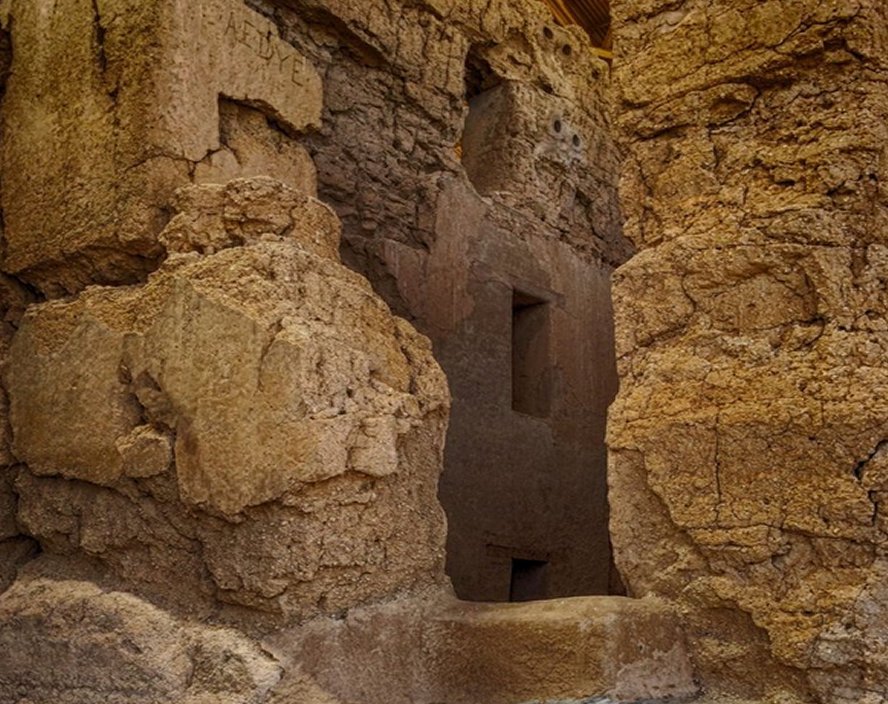
The Casa Grande was a special structure of great importance. Why did the Hohokam (a Pima Indian’s word meaning “Those Who Have Gone”), work so hard to construct this high building?
These cracks are between layers of caliche. While most buildings had floor and roof supports made from local desert trees, the Casa Grande once contained hundreds of imported beams - pine, fir and juniper obtained from mountains located over fifty miles away. Floor supports spanned the width of each room; saguaro ribs were laid perpendicular to these; reeds were set on this framework and a coating of caliche completed the floor.
The smoothly plastered inside walls are a further indication that much time, work and care went into the construction of the Casa Grande. Why?
The Casa Grande was a special structure of great importance. Why did the Hohokam (a Pima Indian’s word meaning “Those Who Have Gone”), work so hard to construct this high building? How was this structure used by them?
When the Hohokam built their permanent dwellings, the desert did not give them much choice regarding building materials. No building stone and only few large trees are accessible in a reasonable distance. However, a few feet below the ground, the Hohokam people discovered a large amount of concrete-like building material - caliche.

The Hohokam people were 'Masters of the Desert’. Their extensive irrigation canals served as the foundation of the modern canals used to irrigate crops in the valleys along the Salt and Gila rivers.
Using caliche, the Hohokam could construct walls, plaster floors, and seal roofs of their dwellings.
These fascinating people adapted to the dry conditions of the desert and learned to use water from mountain run-offs and rivers to irrigate their fields. By 300 CE, these desert dwellers had formed a distinct culture.
See also:
Secrets Of Mysterious Lost Kingdom Of Calusa In Florida And The Shell Indians
Bighorn Medicine Wheel: Sacred Site And Ancient Solar Observatory
Is The Poverty Point Octagon World’s Largest Ancient Solstice Marker?
Archeologists call them "Hohokam" but Hohokam does not relate to a tribe or a people, and today it is used only when referring to archeological discoveries; otherwise, the term ‘ancient Sonoran Desert people’ is used when talking about the people who created the pottery, homes, and irrigation systems.
They may have descended from an earlier hunting and gathering Archaic groups that began in this area around 5,500 BC. The groups, mainly gathers and hunters, possessed cultivated plants as squash and corn; they built storage pits, small pithouses and trash deposits. However, they lacked pottery, which appeared later along with development of agriculture, and thus the Hohokam culture began.
Casa Grande Ruins represent evidence of the culture that once thrived in the arid region of Arizona. Except for the Casa Grande, they also developed wide-scale irrigation farming.
They were 'Masters of the Desert’. Their extensive irrigation canals, helped them change parts of the Sonoran Desert into farmland; the structures also served as the foundation of the modern canals used to irrigate crops in the valleys along the Salt and Gila rivers.
They also developed extensive trade connections which lasted over a thousand years until about 1450 CE. Their trade with distant Mesoamerican cultures whose influence can still be seen in Hohokam ball courts.
What happened to the culture known as the Hohokam, one of the Southwest’s most complex and influential societies ?
By the late 1300s, the Hohokam were perhaps the most populous cultural group in the Southwest, and suddenly around this time, one or several different causes triggered their sudden decline.
Meticulous research conducted in southeastern Arizona, the heart of the Hohokam homeland, suggests the Hohokam were not alone in the region; there was another tribal group — the O’odham, whose members still call Arizona home today - lived in the region perhaps as early as the 1100s. They continue to live in Arizona.
The region has a long and rich history and there are still many unrevealed secrets.
Written by – A. Sutherland AncientPages.com Staff Writer
Copyright © AncientPages.com All rights reserved. This material may not be published, broadcast, rewritten or redistributed in whole or part without the express written permission of AncientPages.com
Expand for referencesMore From Ancient Pages
-
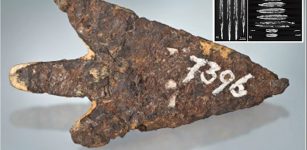 Arrowhead Made Of Meteoritic Iron From The Late Bronze Age Settlement Of Mörigen, Switzerland – Examined
Archaeology | Aug 1, 2023
Arrowhead Made Of Meteoritic Iron From The Late Bronze Age Settlement Of Mörigen, Switzerland – Examined
Archaeology | Aug 1, 2023 -
 Pharos Of Alexandria – One Of The First Lighthouses In The Ancient World
Featured Stories | Sep 1, 2015
Pharos Of Alexandria – One Of The First Lighthouses In The Ancient World
Featured Stories | Sep 1, 2015 -
 Young Boy Finds Unique Micro-Mosaic Cross Medallion In Jerusalem
Archaeology | Jan 3, 2025
Young Boy Finds Unique Micro-Mosaic Cross Medallion In Jerusalem
Archaeology | Jan 3, 2025 -
 New Discoveries Regarding Gladiatorial Games In Roman City Of Carnuntum
Archaeology | Apr 7, 2017
New Discoveries Regarding Gladiatorial Games In Roman City Of Carnuntum
Archaeology | Apr 7, 2017 -
 On This Day In History: Battle Of Durnstein Was Fought On The River Danube – On Nov 11, 1805
History | Nov 11, 2016
On This Day In History: Battle Of Durnstein Was Fought On The River Danube – On Nov 11, 1805
History | Nov 11, 2016 -
 On This Day In History: George Plantagenet Privately Executed At The Tower Of London – On Feb 18, 1478
News | Feb 18, 2017
On This Day In History: George Plantagenet Privately Executed At The Tower Of London – On Feb 18, 1478
News | Feb 18, 2017 -
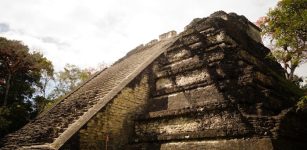 Hundreds Of Ancient Ceremonial Sites Discovered Near Aguada Fénix – The Largest And Oldest Maya Monument In Mexico
Archaeology | Nov 8, 2021
Hundreds Of Ancient Ceremonial Sites Discovered Near Aguada Fénix – The Largest And Oldest Maya Monument In Mexico
Archaeology | Nov 8, 2021 -
 ‘Golden Man’ – Sak Warrior Covered With Thousands Of Pieces Of Gold – More Light On Gold Techniques Used In Kazakhstan
Archaeology | Jan 9, 2019
‘Golden Man’ – Sak Warrior Covered With Thousands Of Pieces Of Gold – More Light On Gold Techniques Used In Kazakhstan
Archaeology | Jan 9, 2019 -
 Famine And Disease Drove The Evolution Of Lactose Tolerance In Europe
Archaeology | Jul 27, 2022
Famine And Disease Drove The Evolution Of Lactose Tolerance In Europe
Archaeology | Jul 27, 2022 -
 Mystery Of The Tarim Basin Mummies Continues
Archaeology | Oct 27, 2021
Mystery Of The Tarim Basin Mummies Continues
Archaeology | Oct 27, 2021 -
 600,000-Year-Old Finds Reveal Canterbury Was Home To Britain’s Earliest Humans
Archaeology | Jun 22, 2022
600,000-Year-Old Finds Reveal Canterbury Was Home To Britain’s Earliest Humans
Archaeology | Jun 22, 2022 -
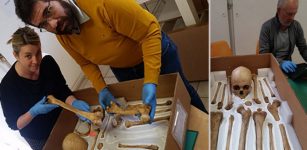 5000-Year-Old Cold Case: Neolithic Fisherman Died By Drowning – Forensic Study Shows
Archaeology | Feb 14, 2022
5000-Year-Old Cold Case: Neolithic Fisherman Died By Drowning – Forensic Study Shows
Archaeology | Feb 14, 2022 -
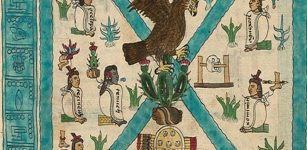 What Is The Codex Mendoza?
Ancient History Facts | Feb 14, 2016
What Is The Codex Mendoza?
Ancient History Facts | Feb 14, 2016 -
 Dwarf Alvis (‘All-Wise’) Who Was Tricked By God Thor And Turned Into Stone
Featured Stories | May 27, 2019
Dwarf Alvis (‘All-Wise’) Who Was Tricked By God Thor And Turned Into Stone
Featured Stories | May 27, 2019 -
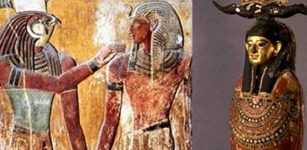 Sokar – Patron Deity Of Ancient Necropolis Of Memphis In Lower Egypt
Egyptian Mythology | Feb 19, 2019
Sokar – Patron Deity Of Ancient Necropolis Of Memphis In Lower Egypt
Egyptian Mythology | Feb 19, 2019 -
 On This Day In History: Battle Of Megiddo Between Thutmose III And King Of Kadesh’s Coalition – On Apr 16, 1457
News | Apr 16, 2016
On This Day In History: Battle Of Megiddo Between Thutmose III And King Of Kadesh’s Coalition – On Apr 16, 1457
News | Apr 16, 2016 -
 Marquis Of Haihun’s Tombs: Dressing Mirror With Confucius’ Portrait Re-Identified
Archaeology | Mar 4, 2017
Marquis Of Haihun’s Tombs: Dressing Mirror With Confucius’ Portrait Re-Identified
Archaeology | Mar 4, 2017 -
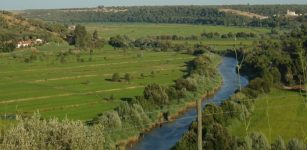 Mummification In Europe May Be Older Than Previously Known – 8,000-Year-Old Evidence Presented
Archaeology | Mar 4, 2022
Mummification In Europe May Be Older Than Previously Known – 8,000-Year-Old Evidence Presented
Archaeology | Mar 4, 2022 -
 Legendary Lost Island Of Gold Of The Mysteriously Vanished Srivijaya Civilization Found Underwater
Archaeology | Oct 25, 2021
Legendary Lost Island Of Gold Of The Mysteriously Vanished Srivijaya Civilization Found Underwater
Archaeology | Oct 25, 2021 -
 Comet Strike 13,000 Years Ago May Have Changed Human Civilization
Archaeology | Jul 6, 2021
Comet Strike 13,000 Years Ago May Have Changed Human Civilization
Archaeology | Jul 6, 2021

